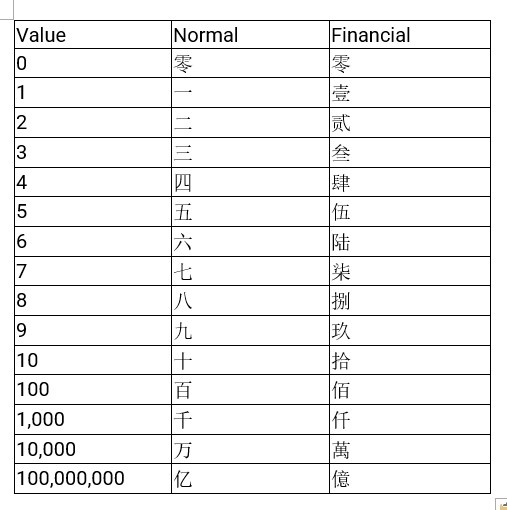The character “壹” is how the number 1 is written in financial numerals. The financial numerals are still being used today in both China and Taiwan, so it’s not really ancient.
To prevent fraud, all numbers on financial instruments and documents like cheques, currency notes, contracts etc must be written in “Upper Case” characters. These are called financial numerals in China. The following is a list of the financial numerals and the corresponding numbers in Arabic numbers and normal Chinese characters:

For numbers above 100 million (10 to the power of eight), there is no difference between normal and financial numerals:
10 to the power twelve – 兆 (zhao), billion in English
10 t0 the power of sixteen – 京 (jing), ten thousand billion in English
10 to the power of twenty – 垓 (gai), hundred trillion in English
10 to the power of twenty four – 秭 (zi), quadrillion in English
10 to the power of twenty eight – 穰 (rang), ten thousand quadrillion in English
10 to the power of thirty two – 沟 (gou), hundred quintillion in English
10 to the power of thirty six – 涧 (jian), sextillion in English
10 to the power of forty – 正 (zheng), ten thousand sextillion in English
10 to the power of forty four – 载 (zai), hundred septillion in English
10 to the power of forty eight – 极 (ji), million septillion in English
Note : English refers to British English, American English would have different terms.